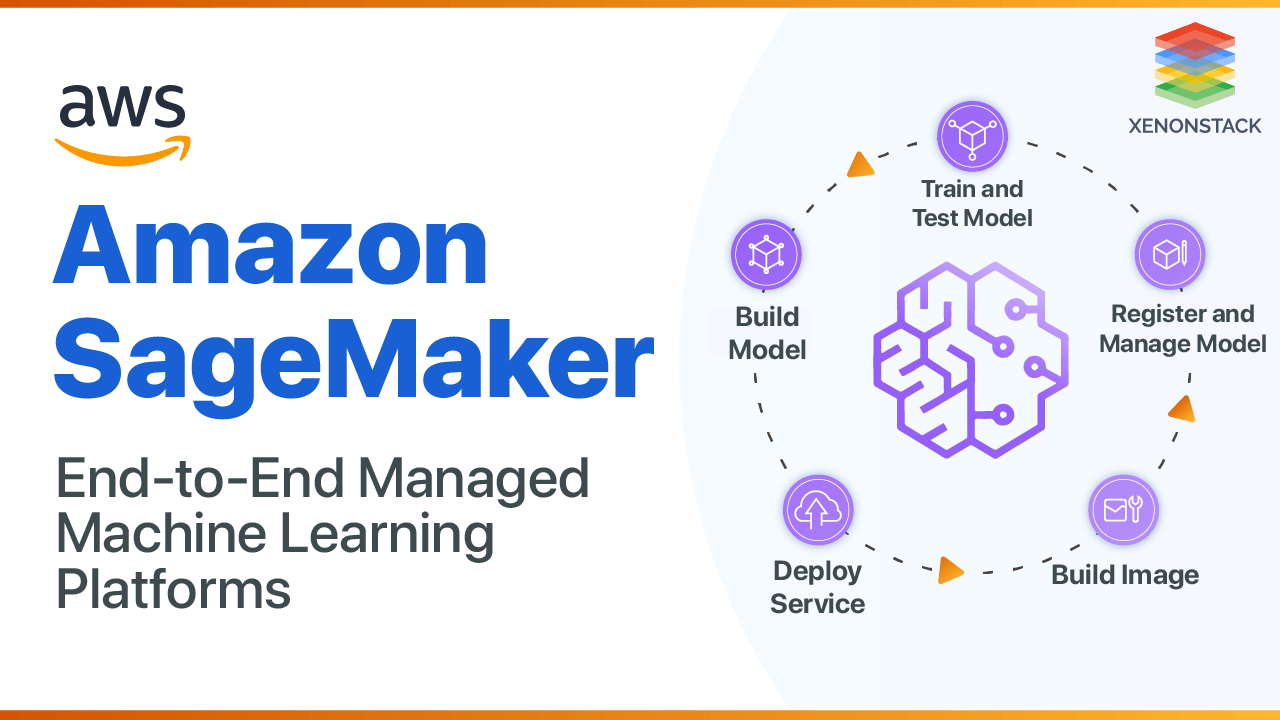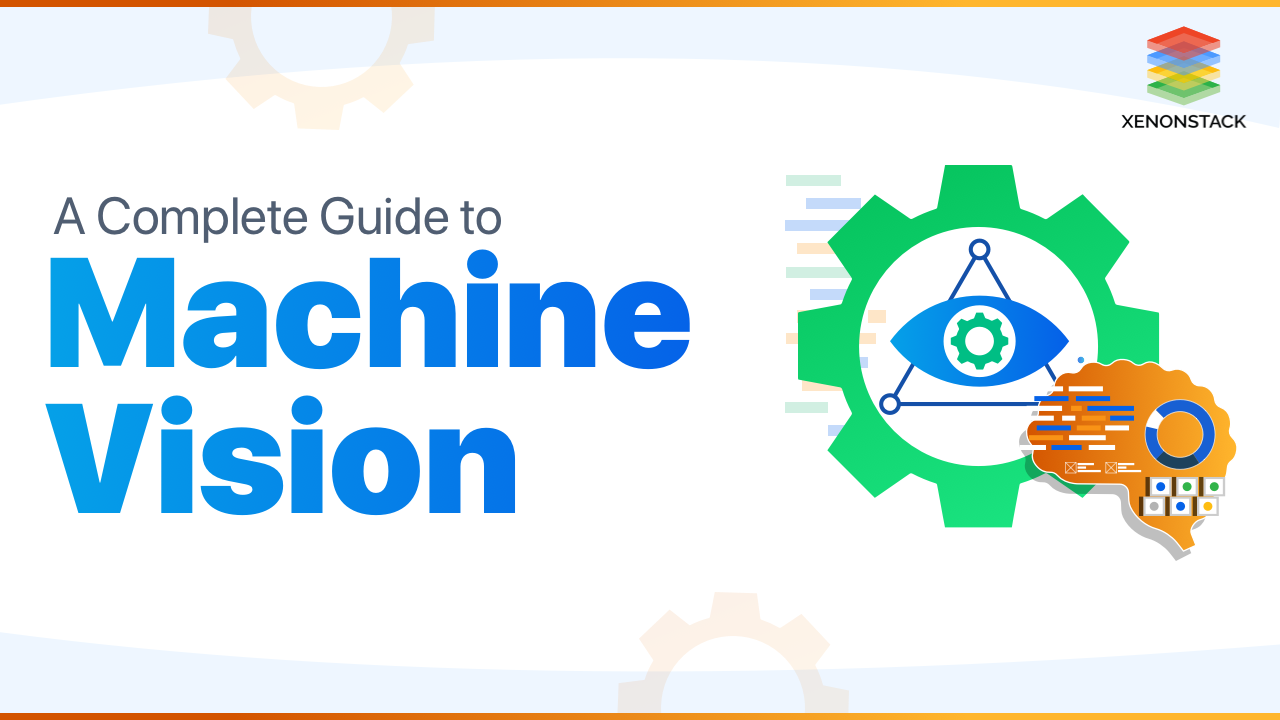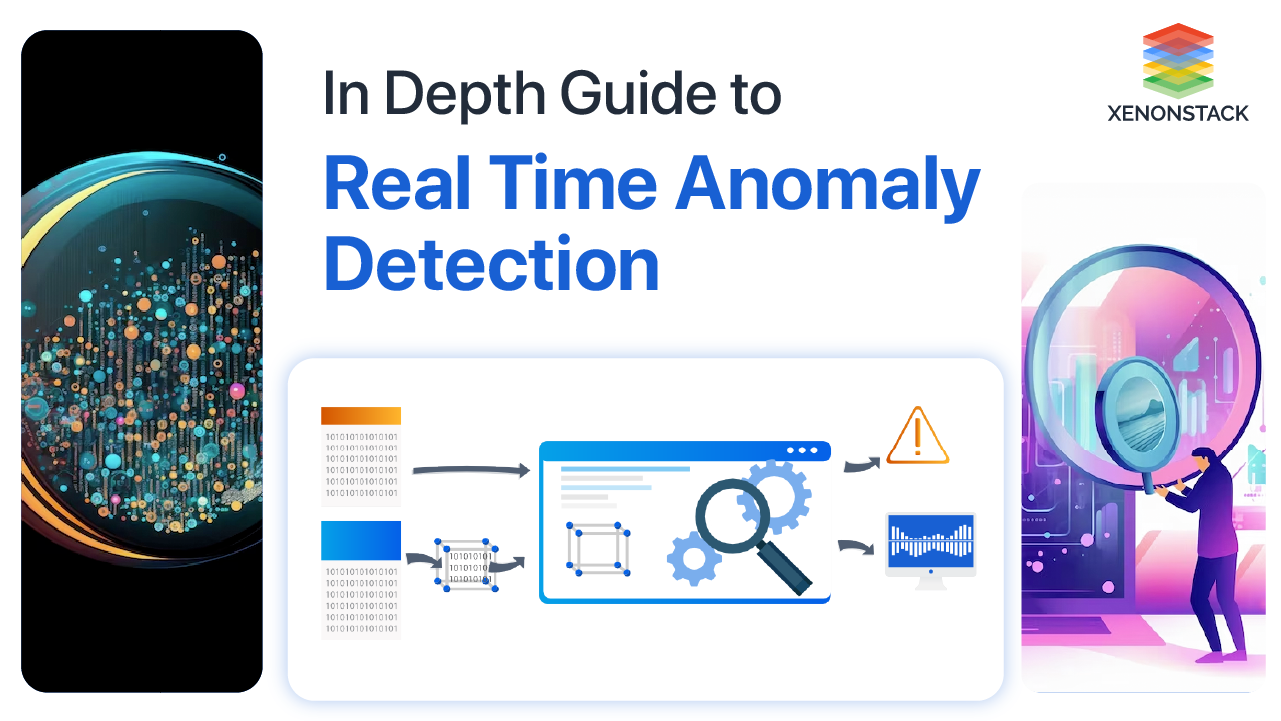
Introduction of AI Agents
Artificial Intelligence (AI) is a field that aims to create systems capable of mimicking human-like intelligence and abilities. As early as the 18th century, philosopher Denis Diderot introduced the idea that
"If a parrot could answer every question, it could be considered intelligent"
Although Prof. Diderot was referring to living beings, his notion highlights the profound concept that an intelligent organism could resemble human intelligence.
As AI evolved, the term "agent" became prevalent in AI research to describe entities that exhibit intelligent behavior and possess qualities such as autonomy, reactivity, pro-activeness, and social ability.
AI agents are computer programs that can sense what is happening around them, make decisions, and act. People have been working hard to make AI agents smarter and better at different tasks, but we need a way to create AI agents that can work well in all kinds of situations. Large language models (LLMs) can help us build these kinds of agents because they are very good at understanding and using language.
The picture shows examples of what this might look like in a society where AI agents and humans work together. In the kitchen, an AI agent can help you plan meals and cook food. A group of AI agents can work together at a concert to make music. Outside, AI agents can help you plan and build things like lanterns. Anyone can participate in these activities with the help of AI agents.
Framework for LLM-based agents

The framework for LLM-based agents has three key parts: brain, perception, and action.
-
The brain is composed of a large language model that stores crucial memories and undertakes essential tasks.
-
The perception module expands the agent's perceptual space to include diverse sensory modalities.
-
Finally, the action module expands the agent's action space, enabling it to better respond to environmental changes and alter and shape the environment.
Current Trends in Agent Research
The evolution of AI agents encompasses several stages, showcasing the dynamic advancements in artificial intelligence. Initially, symbolic AI was dominant, focusing on logical rules and symbols to encapsulate knowledge and reasoning and aiming to mimic human thought processes. Despite their expressive capabilities, these agents struggled with uncertainty and complex real-world applications.
Reactive agents emerged as a response, emphasizing rapid interactions with their environment through simple input-output mappings, thus sacrificing complex decision-making for speed and efficiency.
The advent of reinforcement learning marked a significant shift, enabling agents to learn and adapt through environmental interaction, achieving goals with minimal human intervention. Despite their potential, these agents face challenges like long training times and low efficiency in complex settings.
Transfer learning and meta-learning were introduced to overcome these limitations, enhancing learning efficiency and generalization across different tasks. These approaches, however, require careful management to avoid negative transfer and ensure practical policy application.
The latest trend involves leveraging large language models (LLMs) to create AI agents. These models, pre-trained on vast datasets, offer impressive reasoning and planning abilities and the capability for natural language interaction. They stand out for their adaptability and potential in diverse applications, from software development to scientific research, paving the way for collaborative and competitive agent ecosystems.
Assessing LLMs as AI Agents' Core
In artificial intelligence, a significant discussion revolves around the optimal components for constructing the brains of AI agents.
-
Autonomy: The Foundation of Independent Agents
Autonomy is crucial for AI agents, enabling them to function without continuous human oversight and to control their actions and internal states. LLMs excel in this domain by generating human-like text, engaging in conversations, and executing tasks without explicit, step-by-step guidance. Their ability to dynamically adjust outputs based on environmental inputs and to demonstrate creativity by generating novel ideas or solutions underscores their potential for autonomy. For instance, applications like Auto-GPT showcase how LLMs can independently devise and implement plans to achieve set objectives, embodying the essence of autonomous operation.
-
Reactivity: Adapting to Environmental Changes
Another pillar of effective AI agents is the capacity to swiftly react to changes. While LLMs traditionally operate within textual input and output, advancements in multimodal fusion techniques and embodiment strategies have broadened their perceptual and action spaces. These enhancements allow LLMs to process and respond to visual and auditory information, facilitating more tangible interactions with the physical world. Despite the challenge of translating thoughts into actions, which may slow response times, this process mirrors human decision-making patterns, reinforcing the value of reactivity in LLMs.
-
Pro-activeness: Beyond Mere Reaction
Beyond reacting to immediate stimuli, AI agents should proactively pursue goals and adapt to their surroundings. Due to their advanced prediction capabilities, LLMs are particularly adept at reasoning, planning, and taking initiative. By prompting LLMs to "think step by step," we can unlock their potential for logical and mathematical reasoning, goal reformulation, and adaptive planning. This proactiveness is essential for agents aiming to achieve specific objectives or respond to environmental shifts.
-
Social Ability: The Key to Collaboration
An agent's ability to communicate and interact with others, including humans and AI entities, is vital for collaborative efforts. LLMs possess robust natural language processing capabilities, enabling them to understand and generate language, an essential component of social interaction. Their capacity to assume various roles and facilitate social behaviors such as collaboration and competition highlights the social adaptability of LLMs. When placed in a society of agents with distinct identities, LLMs can contribute to emergent social phenomena, further demonstrating their suitability as the brains of AI agents.
Innovative Applications of LLM-Based Agents
-
Single-Agent Deployment: Your Personal AI Powerhouse
The concept of having a personal assistant capable of understanding instructions and anticipating needs is up and coming. With the deployment of a single LLM-based agent, tasks can be performed with remarkable efficiency and adaptability. These agents can handle functions across various domains, including managing schedules, conducting research, and even creative writing. As such, they can significantly reduce workload and enhance productivity.
-
Multi-Agent Interaction: Teamwork on Another Level
When several agents based on LLM technology collaborate, the power of teamwork is amplified. By engaging in cooperative or adversarial interactions, these agents can complement each other's abilities, resulting in breakthroughs in problem-solving and task execution. This scenario is akin to having a team of experts with diverse specializations working together seamlessly, but with the added benefits of scalability and tirelessness that only AI can offer.
-
Human-Agent Collaboration: A Collaboration of Minds
The present scenario of human and AI agents' partnership is the most significant development in recent times. This collaboration is not limited to task execution but also involves mutual learning and adaptation. The feedback humans provide enables the agents to perform tasks more efficiently and safely. On the other hand, the agents, with their personalized service insights, can inspire innovation. This symbiotic relationship between humans and AI agents holds great potential and promises to unlock human potential, allowing us to focus on creative and strategic pursuits.
Applications That Matter: From Theory to Practice
LLM-based agents have a wide range of diverse and impactful applications. They have demonstrated effectiveness in various fields, from task-oriented to innovation-driven scenarios.
-
In task-oriented deployments, these agents take over routine tasks, freeing up human resources to engage in more meaningful activities.
-
In innovation-oriented scenarios, these agents engage in research and development, pushing the possible limits. In lifecycle-oriented applications, these agents assist in a long-term project
Human-Agent Interactive Engagement
Human-agent collaboration can be encapsulated within two main paradigms: the Instructor-Executor Paradigm and the Equal Partnership Paradigm.
In the Instructor-Executor Paradigm, humans assume a directive role, providing clear instructions or feedback, and agents act on these directives. This model is particularly effective in scenarios where specific, directed outcomes are desired and relies heavily on the agent's ability to interpret and act on human instructions accurately.
The Equal Partnership Paradigm envisions agents and humans interacting as peers. In this model, agents are designed to engage in empathetic communication and collaborative tasks, mirroring human-like interaction. This approach is about completing tasks and fostering a deeper connection and understanding between humans and agents. It suggests a future where agents can perceive and respond to human emotions, thereby enhancing the quality of interaction.
Evaluating LLM-Based Agents' Effectiveness
Artificial intelligence is rapidly evolving, and LLM-based agents are at the forefront of this revolution. These agents can potentially transform how we interact with digital systems. However, as they become increasingly integrated into our daily lives, it becomes crucial to evaluate their performance effectively. This newsletter explores the challenges and prospects of assessing LLM-based agents, focusing on four critical dimensions. These dimensions include utility, sociability, values, and the ability to evolve continually.
-
Utility: The Measure of Effectiveness
The primary function of LLM-powered agents is to serve as advanced assistants capable of performing tasks with a high degree of autonomy. The utility of these agents is thus measured by their success rate in completing assignments, whether independently or in assisting humans. Tools like AgentBench offer a systematic benchmark for assessing these capabilities, focusing on task outcomes and foundational skills such as reasoning, planning, and decision-making. Efficiency, too, is a crucial metric, reflecting the agent's ability to perform within acceptable timeframes and resource constraints.
-
Sociability: The Art of Interaction
Beyond task execution, the sociability of LLM-based agents plays a vital role in enhancing user experiences. This encompasses their proficiency in language communication, including understanding nuances and generating coherent, context-appropriate responses. Additionally, an agent's ability to cooperate and negotiate in structured and unstructured scenarios requires seamless coordination and trustworthiness. Role-playing capabilities ensure that agents maintain distinct identities, avoiding confusion and enhancing interaction dynamics.
-
Values: Upholding Ethical Standards
As agents grow more sophisticated, it becomes crucial to ensure they embody harmless and ethical principles. This involves adherence to moral guidelines that reflect societal values, such as honesty, non-discrimination, and harmlessness. Evaluating an agent's alignment with these values involves assessing performance against benchmarks designed to test honesty, harmlessness, and cultural sensitivity. Such evaluations help ensure that LLM-based agents contribute positively to society, avoiding biases and fostering a culture of trust and safety.
-
Evolving Abilities: The Capacity for Growth
The most challenging aspect of evaluation lies in measuring an agent's ability to evolve and adapt over time. Continuous learning, autotelic learning, and adaptability are critical facets of this dimension, enabling agents to acquire new skills, set and achieve autonomous goals, and apply their knowledge in novel environments. Assessing these capabilities requires innovative approaches, from simulating survival scenarios to testing adaptability across diverse contexts.
Conclusion
Artificial intelligence has journeyed from symbolic logic to the transformative potential of large language models (LLMs), ushering in an era where AI agents mimic human intelligence with autonomy, reactivity, pro-activeness, and social ability. As LLM-based agents evolve, they promise a future of seamless collaboration, innovative problem-solving, and ethical engagement, revolutionizing how we interact with technology and each other.
-
Learn more about Security AI Agents




